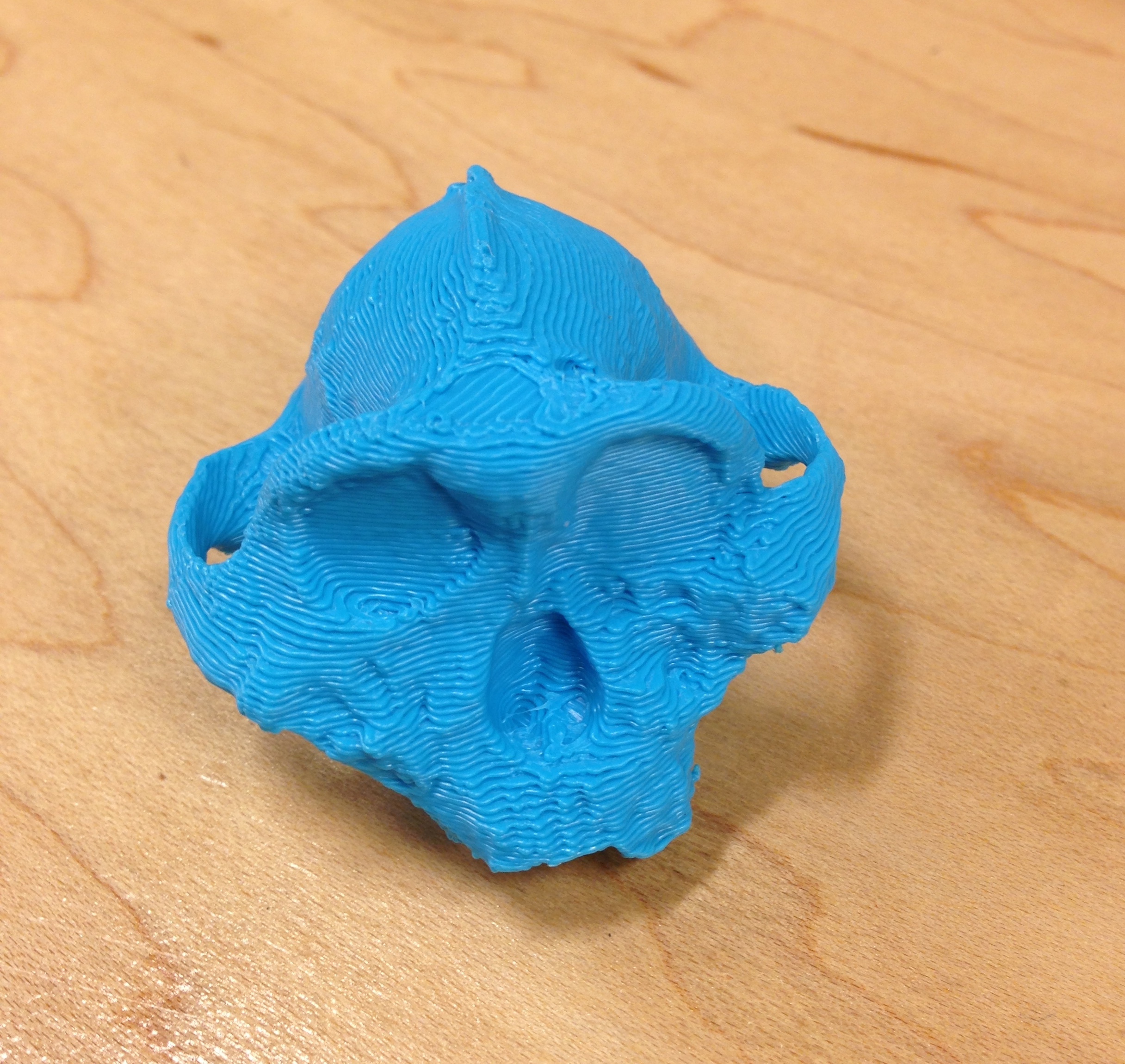In honor of (sort of) finishing up the Taung Child chapter for Famous Fossils, Hidden Histories: a paleo arts-n-crafts project, or a 3D cardboard model of the Taung Child and a replica plywood box.
The Box, the Taung Child, Adventures With the Missing Link. Author's "artistic" attempts. (photo: L. Pyne)
The original casting of the Taung Child fossil had incredible ramifications for how the fossil was interpreted within the relatively new science of the early twentieth-century paleo-community. Casts of the fossil were not sent to British scientific circles; without access to the fossil (except through photographs in the 1925 Nature paper describing the find), the scientific community had little choice but to dismiss the fossil until others had the opportunity to study the fossil with careful scrutiny.
Indeed, casts of fossils, particularly in the first part of the twentieth-century, had huge ramifications for how experts, non-experts, and museums could engage with fossils that extended beyond the actual, tangible, fossil itself. When Raymond Dart sent the Taung Child to R.F. Damon & Company (in London) to create a cast of fossil skull and mandible in 1925, casts were sent to the British Exhibition at Wembley as well as other museums and researchers around the world – the cast became an ambassador of the fossil and its research paradigm.
According to R.F. Damon & Company's correspondence with Dart, “anyone” could order a copy of the cast for a mere £15 (or approximately $1300 today.) However, those “everymen” were not the intellectual giants of the anatomical community – the eminent Sir Arthur Keith could barely hide his disgust at having to view a cast of the fossil with the rather unwashed masses making their ways through the Wembley exhibition. [1]
Laser cutting slices for the Taung Child crania. (photo: L. Pyne)
Gluing, gluing, gluing. (photo: L. Pyne)
Assembling and painting The Box. (photo: L. Pyne)
The scan for this cardboard model comes thanks to ATOR; I compiled the slices for the cardboard assembly, courtesy of 123DMake. The box is modified to fit the crania is a composite of designs from Thingiverse.
References
[1] Raymond A. Dart with Dennis Craig, Adventures With the Missing Link (Harper & Brothers, NY, n.d.); Roger Lewin, Bones of Contention: Controversies in the Search for Human Origins, vol. 2nd (Chicago: University of Chicago Press, 1997); John Reader, Missing Links: The Hunt for Earliest Man (London: Penguin Group, 1981).
















